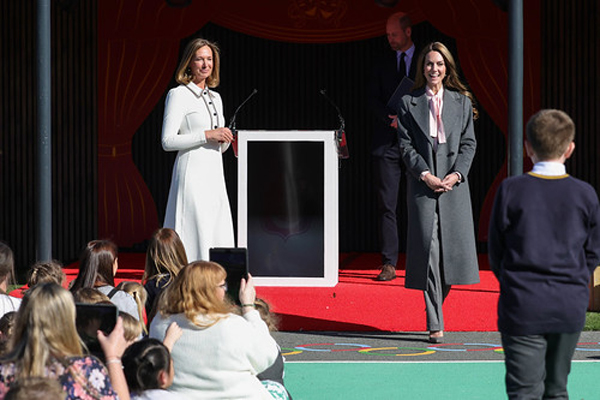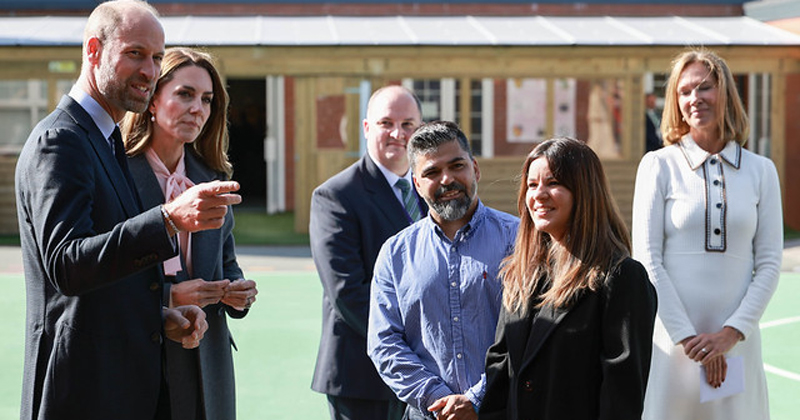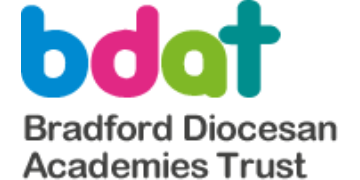Nothing can prepare you for the moment your community is shaken by tragedy.
I’ve seen how the strength of a school community lies in its people and the way they come together when everything else feels uncertain.
I’ve learned that leadership, in those moments, isn’t about having all the answers. It’s about presence. It’s about bringing people together, creating space to listen, and holding steady when others need it most.
Sometimes, simply showing up, again and again, is the most powerful act of all.
When the attack happened in Southport last July, pupils from one of our schools, Churchtown Primary, were among those affected.
It was the start of the summer holidays, a time that should have been filled with sunshine, fun and laughter, but everything changed in an instant.
The weight of that day was almost unbearable for everyone after learning that two of our pupils, Alice Aguiar and Bebe King, had lost their lives, and others had been injured.
Those first few hours were filled with confusion and fear. News travelled fast, but facts were slow to emerge. It was clear early on that there would be no formal playbook to follow.
‘Compassion, communication and belonging’
So, together with the school leadership and our central team, we began to build our own response based on compassion, communication and belonging.
In the days that followed, unrest and fear spread across the streets, deepening the sense of shock that had already gripped our community.
Families, staff and children were left reeling. Our role, as a trust, was simple but vital: to be there for them in whatever way they needed.
Looking back, there are lessons I’ll carry with me for the rest of my career.
The first is about communication. In the immediate aftermath, information was limited, and people were desperate for reassurance. What mattered most wasn’t having all the answers, but being visible, honest and calm.
We worked hard to keep families, staff and the wider community updated, sometimes just to say, “we don’t know yet, but we’re here”.
Those moments of steady contact made a difference. People need to feel that someone is holding the line when everything else feels chaotic.
The second lesson is about belonging. In those first few days, our team decided that Churchtown would stay open as a place for people to come together. It became a hub of togetherness.
Two days after the attack, children, parents, staff and the wider community walked through the gates not for lessons, but for connection. Children hugged, parents cried, and staff listened.
No one tried to fill the silence; it was enough simply to be there. We took our lead from them.
‘Focusing on returning to some kind of normality’
From that point on, the school opened weekly through the summer holidays, with counsellors and psychologists available to support anyone who needed it. Churchtown became an anchor for the community.
As September approached, we focused on helping everyone return to some kind of normality.
Pupils met their new teachers in small groups for play and conversation, while parents were invited into school too. We knew how hard that first moment of separation would be. The compassion shown in those days between parents, staff and children was extraordinary. It showed what genuine community looks like.
Over time, attention turned to how we could remember the two pupils we lost, Alice and Bebe, in a way that reflected their light and joy.
Working with their families and the wider community, the idea of a memorial playground began to take shape. The fundraising effort was led by headteacher Jinnie Payne, joined by Alice’s dad Sergio and supported by one of our trust directors who all ran the London Marathon together.
‘A symbol of hope’
What began as a modest target grew into something remarkable: more than £400,000 raised to build a playground and library, with surplus funds donated to local charities.
This September, the playground was officially opened by the Prince and Princess of Wales. Watching the children laugh, dance and play on the new outdoor stage – a space designed for joy – was one of the most moving moments of my life.
Watching the children laugh, dance and play on the new outdoor stage – a space designed for joy – was one of the most moving moments of my life

It stands as a symbol of hope, and a reminder that even in the darkest moments, light can return.
If there’s a final lesson I’ve learned, it’s that healing takes time and care can’t be rushed. Trauma affects people in different ways. Our job as leaders is to keep showing up, to keep listening, and to hold the space long after the headlines fade.
What happened in Southport will never be forgotten. But neither will the compassion that followed – from staff who gave everything to their community, from families who supported one another through grief, and from children who somehow found the courage to laugh again.
This year has reminded me that the heart of education isn’t policy or performance. It’s people. It’s the quiet strength that binds a community together when the unthinkable happens and the hope that helps it heal.








Your thoughts